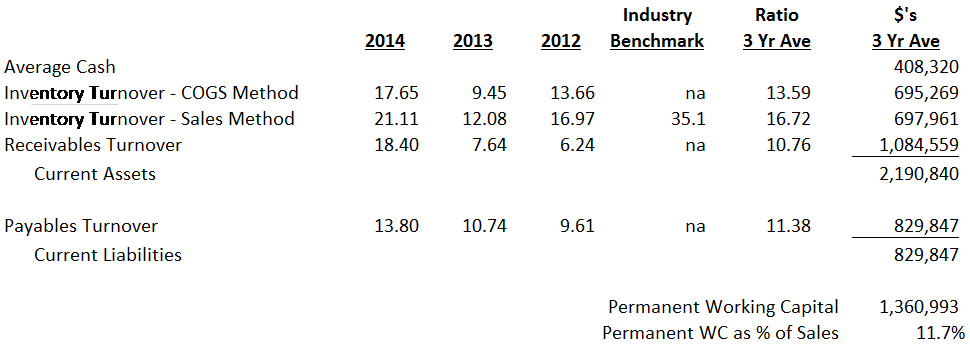CRISIS MANAGEMENT
The economic disruption created by social distancing, which is essential to public health, creates a financial crisis for all businesses and their employees. The pain is most heartfelt for those who are suddenly without the income that is needed to pay normal and necessary daily expenses.
We all cheer the efforts of our federal and state governments to ease the pain for individuals and families over the near term, and to create programs that will help businesses survive or even restart after being totally shut down by the crisis. But it is the responsibility of our business leaders to create and implement plans to weather the storm and give all economically dislocated people the best chance possible to return to their jobs once the virus is defeated.
The three fundamental steps that state and federal government leaders are taking to attack the public health crisis are ASSESS, PRIORITIZE and ACT. It is no different in attacking the financial crisis this battle creates for business. And as is the case in most crises, it is not just the potential severity of the problem that is of concern, it is also the rapidity and regularity of change. New information, unforeseen developments, unexpected reactions, all happening over a short time frame, can and do change the playing field. Similarly, poorly chosen actions, taken in the absence of a plan, can also have a significant negative impact on the effectiveness of the crisis response over the longer term.
Effective crisis management requires a balancing act between taking action to avoid imminent disaster, and perfecting actions based on full and accurate information. By definition, crisis means action must be taken without perfect information, but no action should be taken in a vacuum, or in a panic.
Effective crisis management requires assessing, prioritizing and acting in the most intelligent way possible given information available at the time. It requires the discipline of creating a strategic crisis management plan that is adaptable and evolves as improvements in information or changes in the environment become apparent. Leaders must constantly re-ASSESS, re-PRIORITIZE and ACT, again.
Ideally, with time, the strategic crisis management plan will take into consideration all reasonably possible scenarios. It will define and map out, along alternative paths, potential changes in the environment, alternative assessments, differing priorities and alternative actions. As the crisis evolves and new, better information becomes available, the paths can be broken down, parts re-matched, like a living puzzle, to perfect the path and successfully navigate all the potential pitfalls of crisis management.
Joseph C. Jessup, CFA
President & CEO
JCJCo., Inc.
=====================================================================================
At this time of extreme economic distress in the New York Metro area, many business owners and CEO’s are facing a financial crisis. I’d be happy to assist with your planning in any way possible, particularly if it involves unresolved loans, leases, rental commitments or other payment obligations. Please, reach out.
For a video conference appointment, simply email me directly at jcjessup@JCJCo.net.
JCJCo provides CFO services to high growth startup and emerging middle market businesses across all industry sectors. The JCJCo team has over 55 years of experience in finance, accounting and strategic planning, including operational and financial crisis management.
